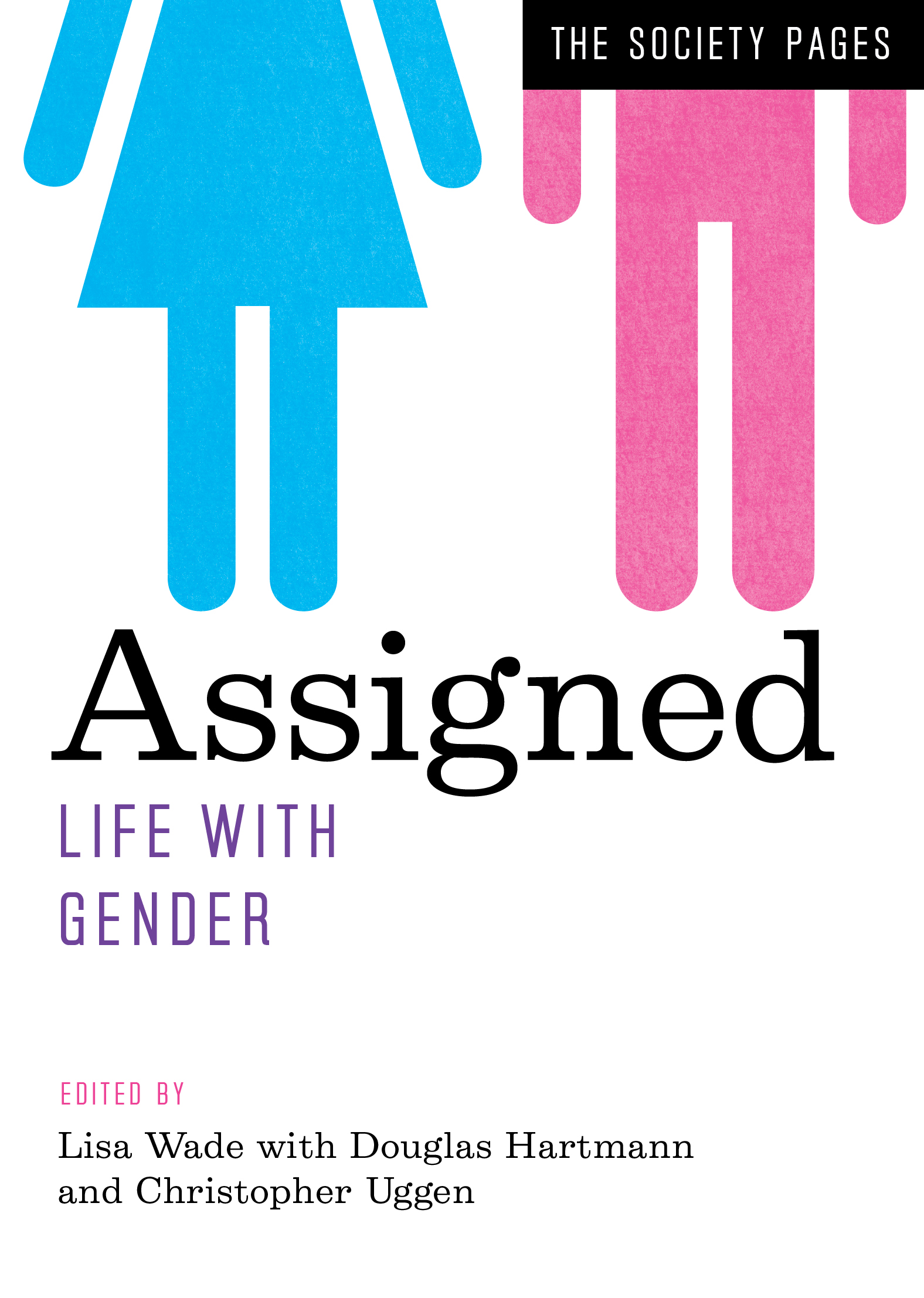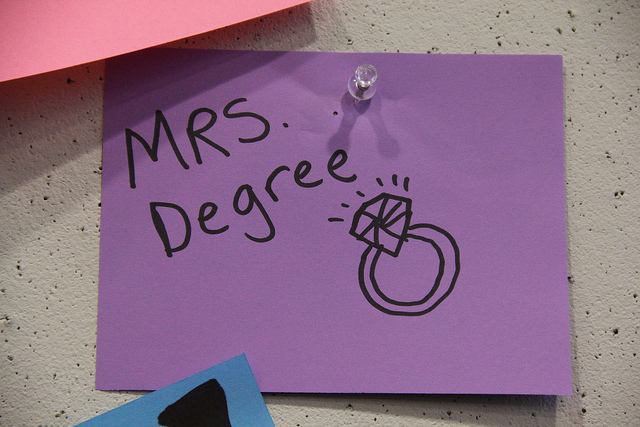Originally posted at Reports from the Economic Front.
For years now the wealthy and their media have hammered on the need for lower taxes on their income, arguing that this would encourage investment, job creation, and growth. The tax burden on the wealthy has indeed been lowered in one way or the other, but only the wealthy have benefited. In particular, our public sector and the activities it supports — public infrastructure, education, health care and human services, etc. — have suffered.
Apparently, people are starting to draw the right lesson from this experience. As the Washington Post reports:
The results from the Public Religion Research Institute and the Brookings Institution [survey] show that 54 percent of Republicans support increasing taxes on those with incomes over $250,000 a year, an increase of 18 percentage points since the last presidential election in 2012. Among Americans as a whole, 69 percent support an increase.
While the change in opinion was greatest for Republicans, as the figure above shows, the survey also found increased support for greater taxes on the rich among both Democrats and Independents. The fact that this support began spiking early in the year suggests that the change is tied to the election process, although it is unclear whether the campaigns are driving the growing support for higher taxes on the wealthy or people are just taking advantage of the process to express their desire for change.
Martin Hart-Landsberg is a professor of economics at Lewis and Clark College. You can follow him at Reports from the Economic Front.







